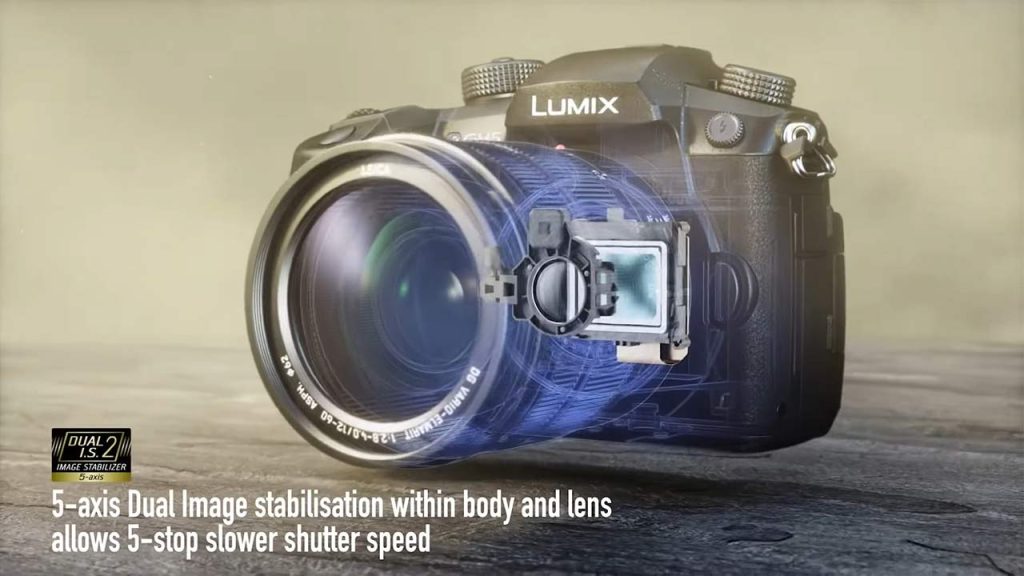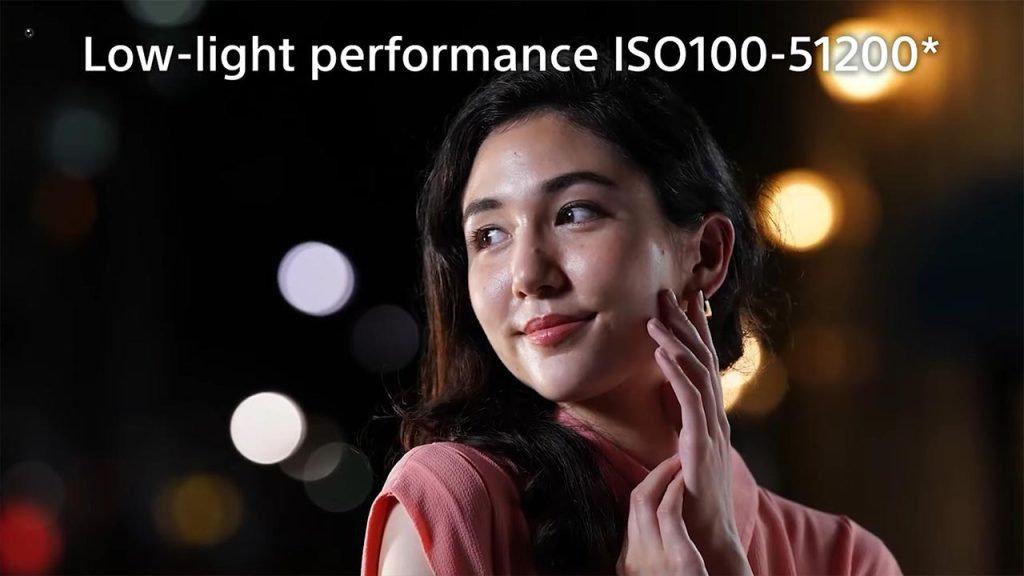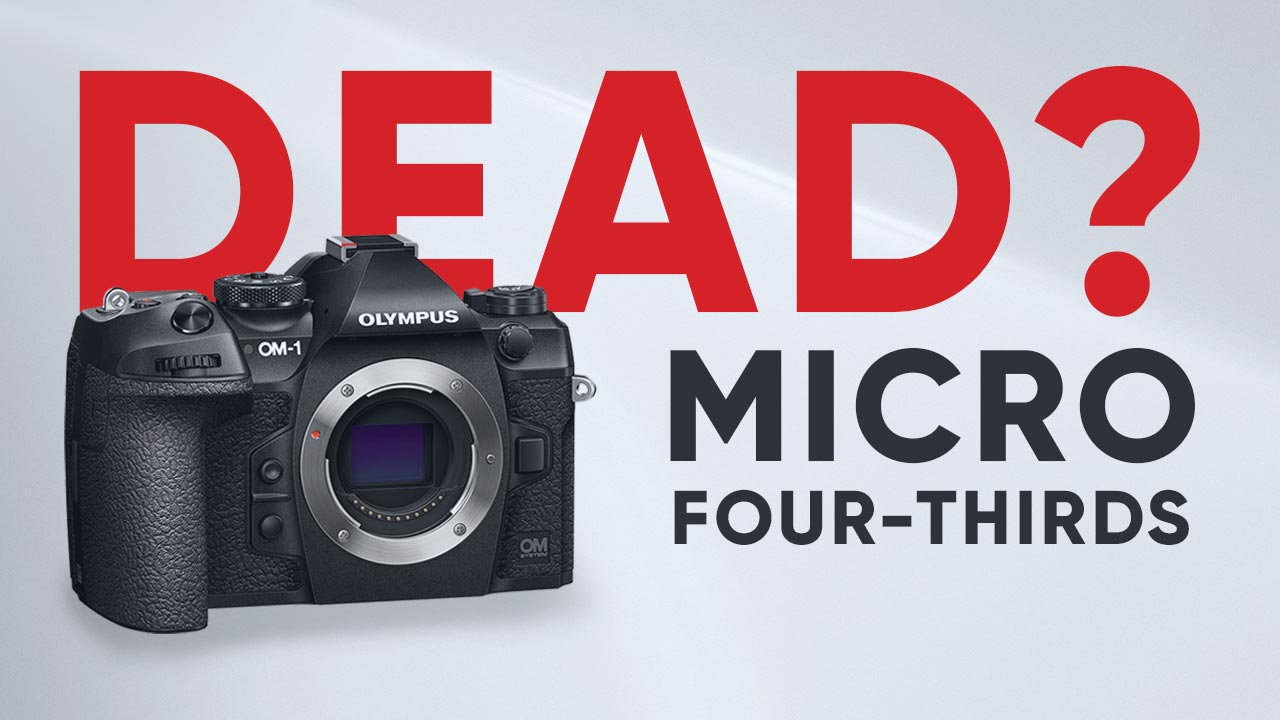Micro four-thirds cameras come in lightweight and compact bodies, offering advanced technology and high-quality outcomes. They are commonly known for their small build, making them a great option for the eager traveler seeking a conveniently sized device yet wanting to achieve professional-level images. But the whole micro-four-thirds industry is on a constant decline. Especially 2022 could have been a better year for the MFT industry. So, what happened?
“One of the main reasons is – The increasing popularity of full-frame cameras among professional and enthusiast photographers, which offer better image quality, particularly in low-light conditions.“
Why Was Micro Four-Thirds Popular?
Micro Four Thirds (MFT) cameras were initially popular among photographers and videographers due to their compact size and lightweight design, making them a convenient option for travel and everyday photography. They also offered a good balance between image quality and affordability, as the smaller sensor size allowed for smaller and less expensive lenses. Moreover, it takes less computing power to process smaller sensors.
Olympus and Panasonic developed the Micro Four Thirds format in response to traditional compact cameras’ limitations and the bulkiness of DSLRs. The idea was to create a camera system that offered the same image quality as a DSLR but in a smaller, more portable package.
Several Micro Four Thirds cameras are considered among the best in their class. One of the best MFT cameras currently available is the Olympus OM-D E-M1 Mark III. This camera offers a 20-megapixel sensor, fast autofocus, and high-speed burst shooting. It also has excellent video capabilities, with the ability to shoot 4K at 30 frames per second and 1080p at 120 frames per second.
Another top Micro Four Thirds camera is the Panasonic Lumix GH5 which offers a 20-megapixel sensor, fast autofocus, and high-speed burst shooting. It also has advanced features such as in-body image stabilization, weather sealing, and a high-resolution electronic viewfinder.

Lastly, the Panasonic Lumix G9 is considered a great option among Micro Four Thirds cameras. It has a 20-megapixel sensor, fast autofocus, and high-speed burst shooting of up to 60 fps. G9 can shoot 4K at 60 fps, which is on par with today’s standard. Overall, these cameras provide a combination of excellent image quality, advanced features, and compact design.
Declining of Micro Four Thirds
Despite its initial popularity, in recent years, the demand of Micro Four Thirds cameras has decreased for several reasons.
- One of the main reasons is the increasing popularity of full-frame cameras among professional and enthusiast photographers, which offer better image quality, particularly in low-light conditions. The larger sensor size allows more light to be captured, resulting in images with less noise and better dynamic range images. Moreover, full-frame cameras have also become more compact and lightweight, making them a more appealing option for those who value portability.
A great example of a compact Full-Frame camera is Sony A7 C. It is a small, lightweight, full-frame camera that packs a punch regarding features and capabilities. Its advanced 24.2MP back-illuminated 35mm full-frame image sensor is a standout feature, offering exceptional image quality and low-light performance. Also, the camera can shoot 4K movie footage with full pixel readout, so no pixel binning or crop.

- Another reason for the decline in the popularity of Micro Four Thirds cameras is the advancement in technology of APS-C sensor cameras, which offer image quality that is similar to full-frame cameras but at a more affordable price point. APS-C sensors are slightly larger than MFT sensors but smaller than full-frame sensors.
As a result, APS-C cameras offer better image quality than MFT cameras but are still more affordable than full-frame cameras. Also, many APS-C cameras are compatible with full-frame lenses, providing users with more versatility and options.
- Another reason for the decline in the popularity of Micro Four Thirds cameras is the lack of support from camera manufacturers. Many camera manufacturers have focused on developing full-frame and APS-C cameras rather than continuing to produce and update their Micro Four Thirds lineups.
APS-C has support from camera manufacturers, whereas the lack of new and updated Micro Four Thirds camera models and lenses has also contributed to the decline in the popularity of these cameras.
Last Note
Despite the decline in popularity, Micro Four Thirds cameras still have a dedicated following of photographers and videographers who appreciate their compact size and lightweight design. Many Micro Four Thirds cameras still offer excellent image quality and are well-suited for certain types of photography and videography, such as street photography and vlogging.
It’s important to note that the camera choice ultimately depends on the user’s preference, needs, and budget. A camera that is not as popular doesn’t mean it is not a great option for certain photographers or videographers. Micro Four Thirds cameras are still relevant, and hopefully, manufacturers support the system as much as it deserves.







